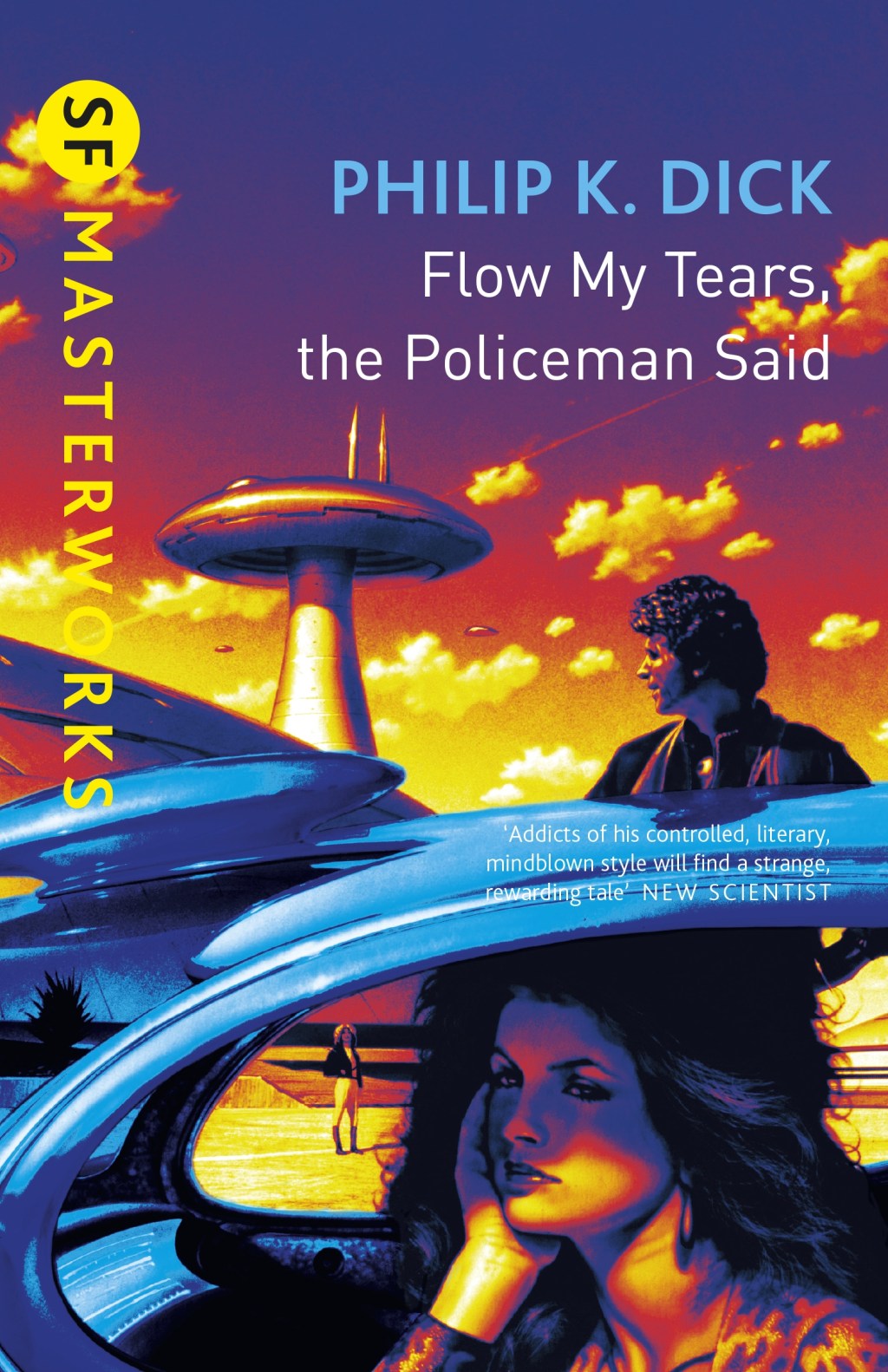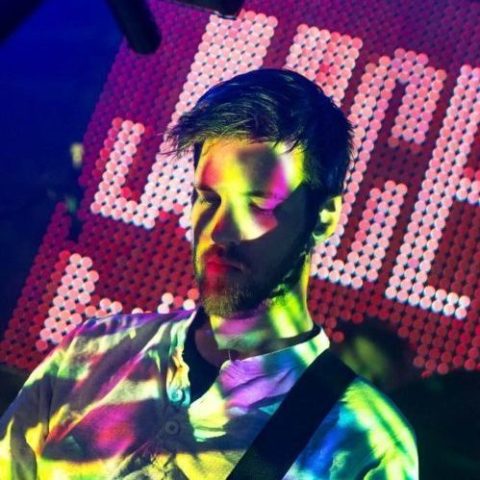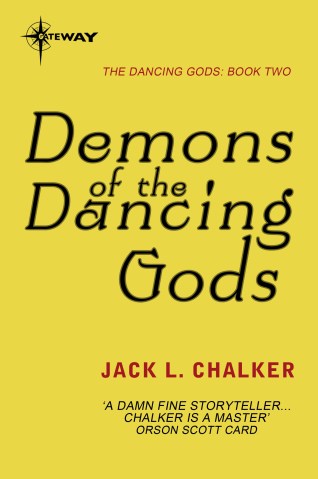What's the difference between photorealistic and hyper-real HDR?

It’s far too easy to think of HDR as being one thing—and so often that’s bold, garish, and obviously over-processed—when really, it’s a part of a spectrum that ranges between different points. When you truly understand what HDR can achieve, it’s harder to dismiss it!

The majority of HDR techniques were developed to overcome a particular technical problem—the dynamic range of a scene exceeding the dynamic range of a camera’s sensor—and, related to this, HDR techniques let you manipulate the tonal range of a scene so the end result can look more natural than an original photograph.
Photorealistic HDR
 A tone-mapped image
A tone-mapped image
If you take a look at the images of the abandoned boot, for example, the tone mapped version looks more realistic than the straight exposure, with an appreciably greater range of tones in the darker areas (detail that is almost lost in the straight shot), and a tonal range in the water and sand that seems more natural and more closely resembles our perception of the world. This type of HDR result is often referred to as ‘photorealistic’ HDR.
 The original version
The original version
Hyper-real HDR
More recently, however, the term HDR has become almost synonymous with a particular style of tone mapping that is often used to produce images that are almost ‘cartoon-like’ or illustrative in nature—images that look more like paintings or computer-generated images than anything you might stumble across in the real world. This type of image goes beyond the appearance of reality, so using the term ‘hyper-real’ to describe it seems entirely appropriate.

So, on the one hand, we can consider HDR techniques as a method of producing a photorealistic representation of a scene, while on the other, we can view it as a technique that can be employed to generate a more surreal interpretation.
Points on a continuum
The key point here is that these radically different styles are generated using the exact same tools and procedures—they are just applied in different ways. In both cases, you need to shoot a bracketed sequence of exposures and generate an HDR image, and in both cases you need to tone map the HDR image to produce an LDR version that can be printed and displayed. Therefore, the difference between the two styles is not a technical one, but simply a function of the way you tone map your HDR image. One choice of settings will produce a more photorealistic result, while more extreme settings will produce a hyper-real result, with myriad possibilities in between.

When it comes to HDR, you must remember that photorealistic and hyper-real are extreme positions on the same continuum, and not mutually exclusive alternatives. You can aim to produce an image using either style, or a final picture that falls somewhere between the two, it will depend on your own creative and aesthetic aims.
David Nightingale’s Practical HDR covers in-camera image capture and digital darkroom techniques, with an in-depth guide to the best HDR software for photorealistic and hyper-real images, full of practical advice and inspirational photos, this is your complete guide to creating High Dynamic Range images with your digital SLR.
 Practical HDR by David Nightingale
Practical HDR by David Nightingale
Buy it now!
RRP for print edition: £14.99



